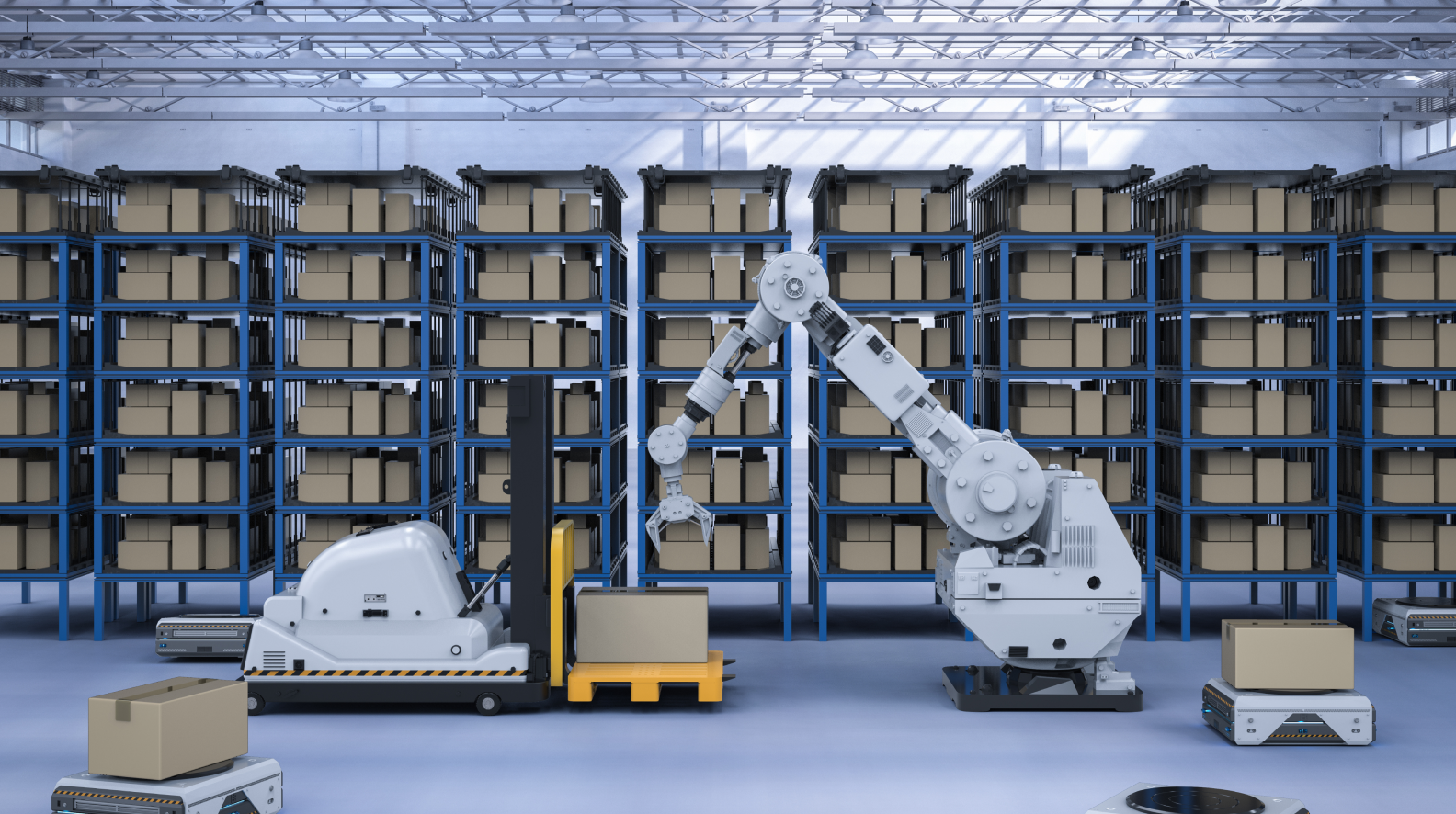
Maximizing Efficiency : A Deep Dive into Automation Advancements in the Logistics Industry
By Mr. Sandeep Bansal, Chief Business Officer, Falcon Autotech
In today’s fast-paced world, efficiency is paramount in the logistics industry. As leaders in intra-logistics, we are constantly seeking innovative ways to streamline operations, reduce costs, and enhance customer satisfaction. One of the most promising avenues for achieving these goals is through automation advancements.
Automation has revolutionized the way we approach logistics, offering a plethora of benefits that translate into tangible advantages for our company and our clients. From warehouse management to transportation, automation technologies are reshaping every aspect of the supply chain.
Warehouse Automation
Warehousing lies at the heart of logistics operations, and automation has transformed the way we manage and optimize these facilities. Automated storage and retrieval systems (AS/RS) have significantly reduced the need for manual labor in warehouse operations. These systems utilize robotic technology to efficiently store and retrieve goods, minimizing errors and maximizing storage density.
Furthermore, the integration of artificial intelligence (AI) and machine learning algorithms allows for predictive analytics in inventory management. By analyzing historical data and real-time information, these systems can forecast demand, optimize inventory levels, and reduce stockouts, leading to improved efficiency and cost savings.
Robotic Arms
Robotic arms play a crucial role in order picking and packing processes. These sophisticated robotic systems work collaboratively to handle various tasks, such as sorting, picking, and packing goods. Equipped with advanced sensors and AI algorithms, robotic arms can swiftly and accurately assemble orders for shipment, significantly reducing order fulfillment times and labor costs.
Moreover, advancements in robotic vision systems enable these robotic arms to identify and handle a wide range of products, including irregularly shaped items. This flexibility allows for greater efficiency and adaptability in fulfillment operations, regardless of the product mix or order volume.
Vision Systems
Vision systems are integral components of automation in the logistics industry, enabling machines to perceive and interact with their environment with human-like visual capabilities. These systems utilize advanced cameras and image processing algorithms to interpret visual data, allowing robots and other automated systems to navigate warehouses, identify objects, and execute tasks with precision and efficiency. By harnessing the power of vision systems, logistics companies can enhance safety, increase accuracy, and improve operational flexibility.
Whether it’s guiding robotic arms in picking and packing processes or enabling automated guided vehicles (AGVs) to navigate through complex warehouse layouts, vision systems play a crucial role in optimizing workflow and maximizing productivity. As technology continues to advance, integrating vision systems into our automation infrastructure will be key to staying competitive in the dynamic landscape of logistics.
ASRS in Fulfilment Centers
In fulfillment centers, ASRS plays a crucial role in order picking and packing processes. Automated storage and retrieval systems efficiently manage inventory and optimize space utilization within the facility. These systems operate with remarkable speed and accuracy, significantly reducing order fulfillment times and labor costs.
Moreover, advancements in robotic vision systems enable ASRS to identify and handle a wide range of products, including irregularly shaped items. This flexibility allows for greater efficiency and adaptability in fulfillment operations, regardless of the product mix or order volume.
Real-Time Tracking and Visibility
Automation extends beyond physical operations to include digital systems for real-time tracking and visibility. Advanced tracking technologies, such as RFID tags and IoT sensors, provide unprecedented visibility into the movement of goods throughout the supply chain. This real-time data enables us to monitor inventory levels, track shipments, and identify potential bottlenecks or disruptions proactively.
Furthermore, cloud-based logistics platforms integrate data from various sources, allowing for seamless communication and collaboration across the supply chain. By providing stakeholders with access to real-time information, these platforms enable better decision-making and improved responsiveness to customer needs.
Automation advancements are transforming the logistics industry, enabling us to maximize efficiency, reduce costs, and deliver exceptional service to our clients. By embracing these technologies and continuously innovating our processes, we can stay ahead of the curve and remain leaders in the ever-evolving world of intra-logistics.
As we move forward, it’s essential to embrace a culture of innovation and collaboration, leveraging the power of automation to drive continuous improvement and deliver value to our customers. Together, we can unlock new opportunities and redefine the future of logistics.
Author :

Mr. Sandeep Bansal, Chief Business Officer, Falcon Autotech
